Logic Puzzles for Teachers
Bring the fun of logic puzzles for kids into your classroom with printable and digital challenges created especially for the primary classroom by the Teach Starter team of teachers.
Including riddles, sudoku puzzles, codebreakers and mini mysteries that students can complete as individual tasks or a whole-class challenge, this collection of logic puzzles will help your students hone their problem-solving skills, develop critical thinking and build their logical reasoning abilities — all while having fun!
Each curriculum-aligned teaching resource has undergone a thorough review by an expert teacher on our teaching team, so you know it's ready for your classroom and your lesson plans!
Looking for fresh ways to use logic puzzles in the classroom? Read on for a primer from our teacher team.
What Is a Logic Puzzle? A Kid-Friendly Definition
If you're introducing this fun teaching tool to the classroom, how do you explain it to your students? Try this kid-friendly definition from our teacher team!
A logic puzzle is a fun challenge that makes you think. It's like a game requiring solving a problem by figuring out clues and using logical thinking skills.
The puzzle will give you some information, like hints or rules. You get to use that information to solve the puzzle and find the answer!
Logic puzzles give us a chance to be detectives! We can combine all the puzzle pieces to solve a mystery while practicing our thinking skills.
Types of Logic Puzzles
Are you curious about the different types of logic puzzles perfect for engaging kids in the classroom? Let's dive in!
Sudoku
Sudoku is a challenging number-based grid puzzle that dates back to the 18th century! Students are given clues to complete this puzzle type and have to fill in missing numbers.
Each puzzle consists of a 9x9 grid divided into nine 3x3 boxes. Some of the squares are pre-filled with numbers; the goal is to fill in the remaining empty squares with numbers from 1 to 9. Sudoku is based on a rule that no number can be repeated within a row, column or small square.
Riddles
Riddles are fun puzzles that require kids to decipher clues and make logical deductions to arrive at a solution.

Often based on wordplay, riddles help kids build their lateral thinking abilities and require kids to make connections between different pieces of information. With ambiguous or deceptive language, these puzzles help build students reading comprehension skills as they have to make logical inferences and read between the lines to uncover the underlying meaning and solve the puzzle.
Codebreaker Puzzles
Codebreaker puzzles allow kids to play spy as they use logic to decode secret messages or break a hidden code using logical reasoning and deduction.
Students are presented with a coded message — often using symbols, numbers, or a substitution cipher (where each symbol represents a different letter or word). The task is to decipher the code by analyzing patterns, making logical connections and using deductive reasoning to match symbols with their corresponding letters or words.
Pattern Puzzles
Puzzles that involve recognizing and continuing a pattern or sequence of shapes, numbers or objects are a great example of a logic puzzle that helps kids develop skills from pattern recognition to logical inferencing to abstract thinking.
Because these puzzles challenge kids to identify the underlying pattern or rule governing a set of elements and then use that knowledge to predict or complete the next element in the series, they're a great tool for challenging students to make connections.
Are Logic Puzzles Good for Your Brain?
Your students may have heard their parents or grandparents talking about doing logic puzzles to keep their brains sharp and ask you if these puzzles are really good for the brain.
The answer is, well, complicated. There aren't conclusive studies specific to logic puzzles that say they're going to help our students' brains (or adult brains for that matter). Still, there are benefits to doing puzzles overall that are worth considering:
- Research has found that completing puzzles causes the body to release dopamine, a neurotransmitter that helps regulate our moods and is also linked to our memory and concentration.
- Researchers have also found that the cognitive stimulation of working on a puzzle reinforces connections between our brain cells.
- Puzzles work both sides of our brain — the left side, which controls logical thinking, and the right side, which controls creativity.
- Some researchers say that doing daily puzzles can actually increase your IQ score.
- Free Plan
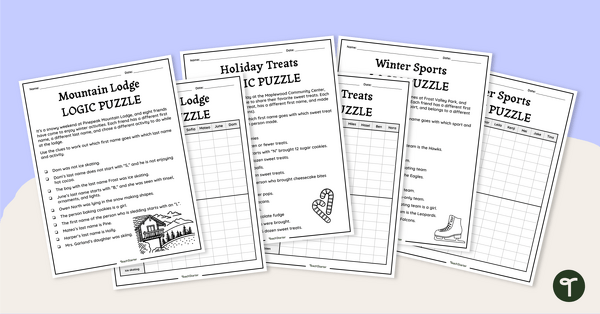
Winter Logic Puzzles
Engage critical thinking skills with these winter logic puzzles that challenge students to use reasoning and deduction to solve fun, seasonal mysteries.
- Plus Plan

Holiday Mini-Mystery – Who Broke the Candy Cane?
A fun, logic-based holiday activity where students read clues to solve the mystery.
- Plus Plan

Holiday Mini-Mystery – Whose Present Is the One with Plain Brown Paper?
A fun, logic-based holiday activity where students read clues to solve the mystery.
- Plus Plan
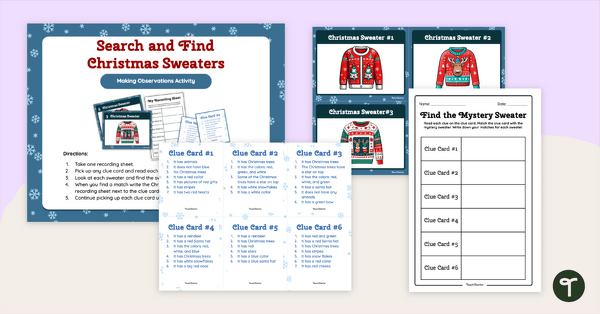
Tacky Christmas Sweater Problem Solving Activity
Build visual discrimination skills and focus on attention to detail with an Ugly Christmas sweater Problem Solving Activity.
- Plus Plan
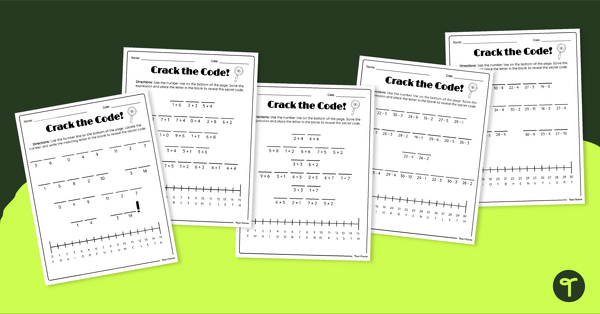
Secret Code Number Line - Worksheet
Crack the number line code with five number line codebreaker worksheets to practice number identification, addition, and subtraction.
- Free Plan
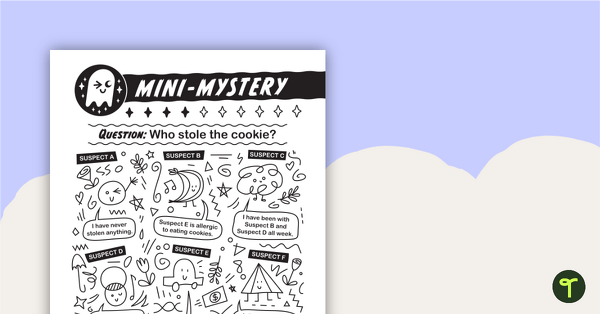
Mini-Mystery – Who Stole the Cookie?
A fun, logic puzzle activity where students read clues to solve a mystery.
- Plus Plan
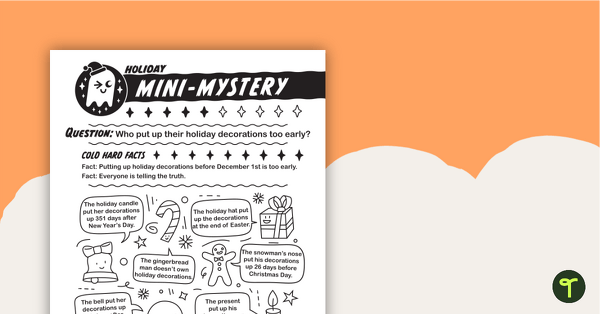
Holiday Mini-Mystery – Who Put Up Their Holiday Decorations Too Early?
Read clues to solve a mystery with this fun, logic-based Christmas-themed activity.
- Free Plan
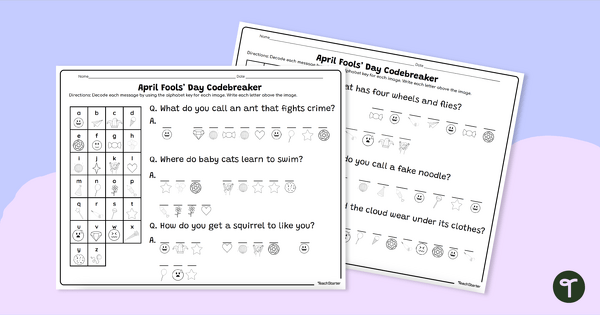
April Fool’s Day Jokes - Codebreaker Worksheets
Have some fun decoding silly April Fools' Day Jokes with a pack of codebreaker worksheets!
- Plus Plan
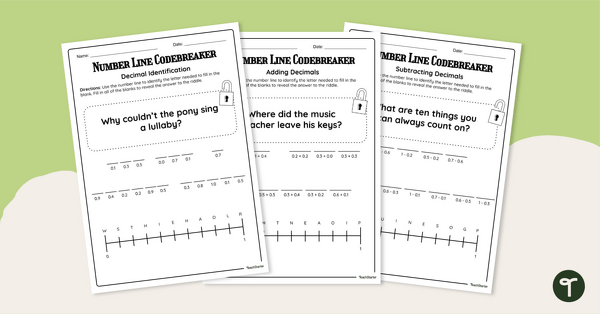
Decimals on Number Lines - Codebreaker Worksheets
Crack the number line code with worksheets practicing identification, addition, and subtraction of decimal numbers.
- Plus Plan
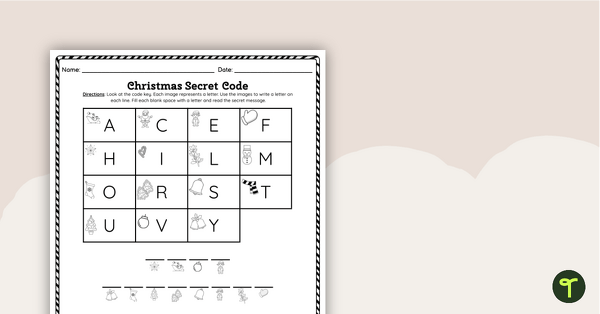
Christmas Code Breaker Puzzle - Worksheet
Crack the secret Christmas code to reveal a Christmas message.
- Plus Plan
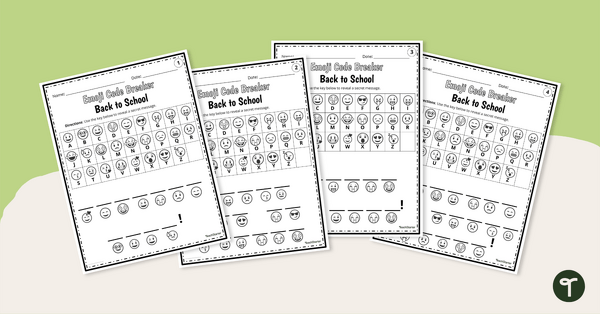
Back to School Emoji Code Breaker Worksheets
Use this emoji code breaker worksheet as a back to school activity with your students.
- Plus Plan
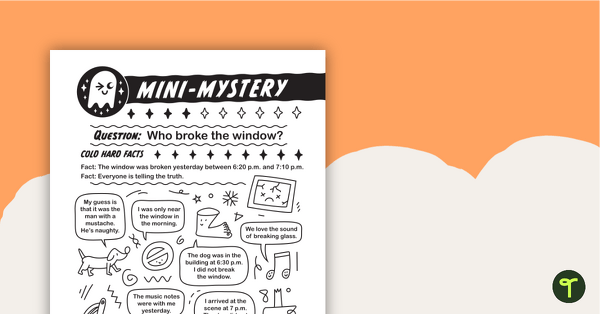
Mini-Mystery – Who Broke the Window?
A fun, logic-based activity where students read clues to solve the mystery.
- Free Plan
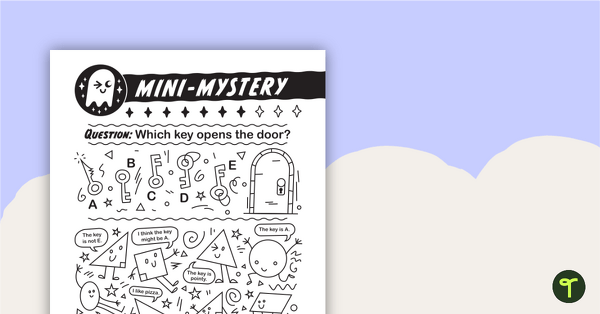
Mini-Mystery – Which Key Opens the Door?
Use knowledge of 2-D shapes and right angles to solve the mystery in this fun, logic-based activity.
- Plus Plan
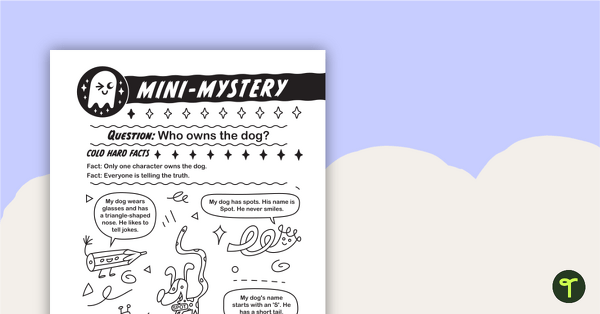
Mini-Mystery – Who Owns the Dog?
A fun, logic-based activity where students read clues to solve the mystery.
- Plus Plan
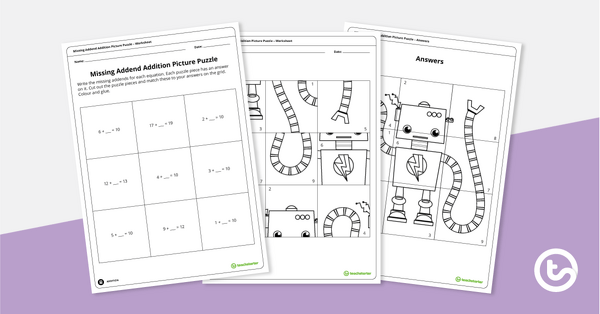
Missing Addend Picture Puzzle – Level 1
Solve the missing addition sentence by matching the addend with its equation, completing the puzzle.
- Plus Plan
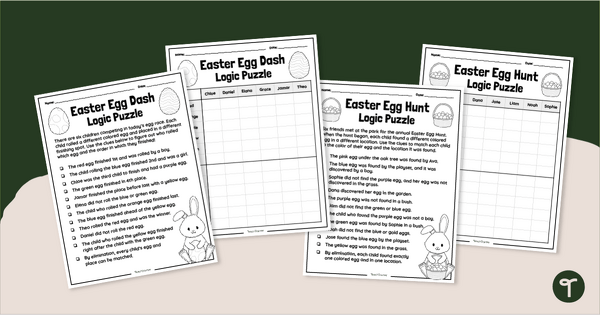
Easter Logic Puzzle Pack
Challenge your students to some serious thinking with an engaging Easter Logic Puzzle Pack.
- Plus Plan
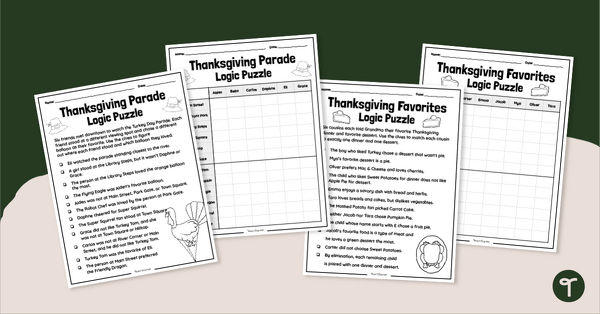
Thanksgiving Logic Puzzle Pack
Download a Thanksgiving Logic Puzzle Pack to stretch your students brains and improve critical thinking this holiday season.
- Plus Plan

Halloween Logic Puzzles
Challenge your students’ critical thinking skills with Halloween logic puzzles!
- Plus Plan
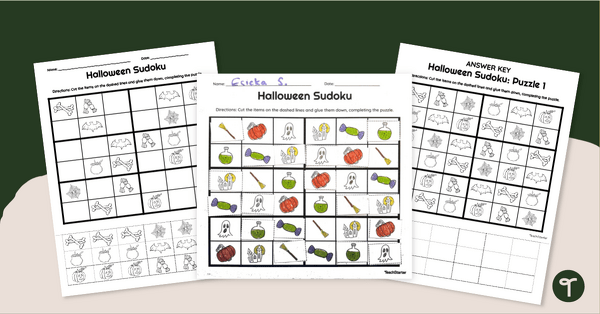
Halloween Sudoku Worksheets
Bring logical thinking and problem-solving fun into your classroom this October with Halloween Sudoku puzzles for kids.
- Plus Plan
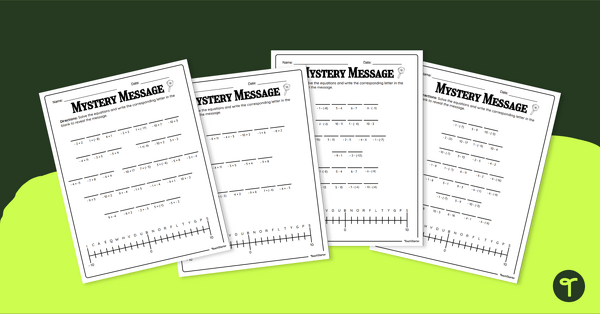
Adding and Subtracting Integers - Codebreaker Worksheets
Crack the positive and negative number code with four adding and subtracting integers worksheets.
- Plus Plan
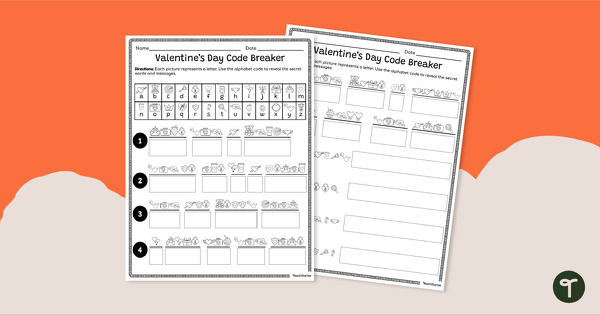
Valentine’s Day Worksheet - Crack the Code
Use this code breaker worksheet as a Valentine’s Day activity with your students.
- Plus Plan
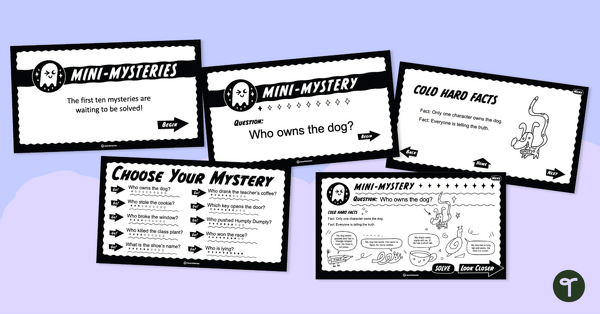
Mini-Mysteries – Interactive PowerPoint
A set of 10 interactive, logic-based activities where students read clues to solve each mystery.
- Plus Plan
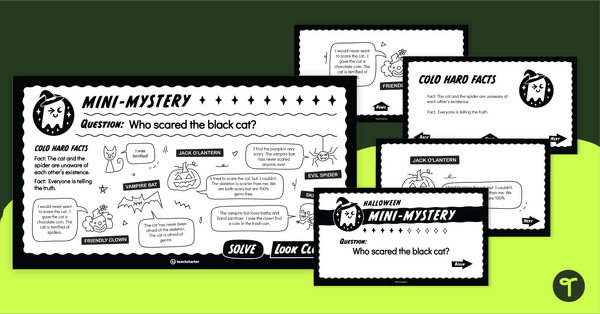
Halloween Brain Game for Kids — Who Scared the Black Cat?
Download a Halloween brain game for kids with interactive elements that challenge your students to use logic to solve a spooky mystery!
- Plus Plan
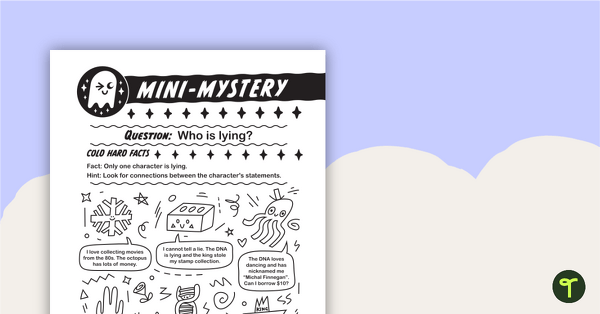
Mini-Mystery – Who Is Lying?
A fun, logic-based activity where students read clues to solve the mystery.
- Plus Plan
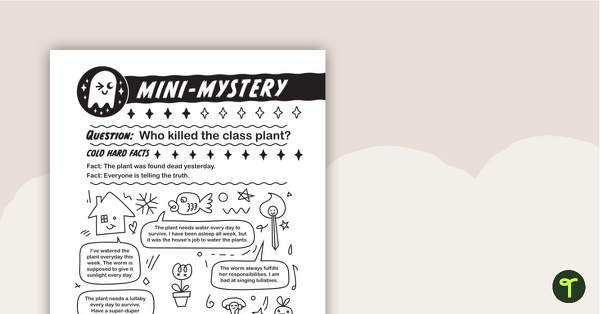
Mini-Mystery – Who Killed the Class Plant?
A fun, logic-based activity where students read clues to solve the mystery.
- Plus Plan
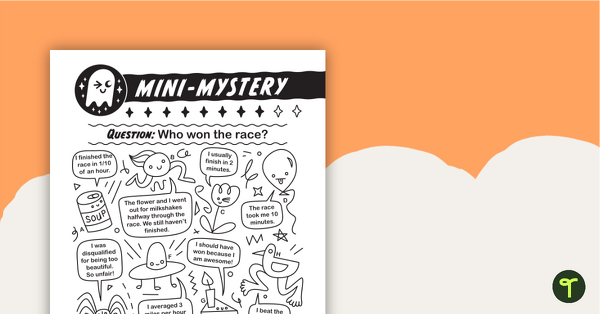
Mini-Mystery – Who Won the Race?
A fun, logic-based activity where students read clues to solve a mystery.
- Plus Plan
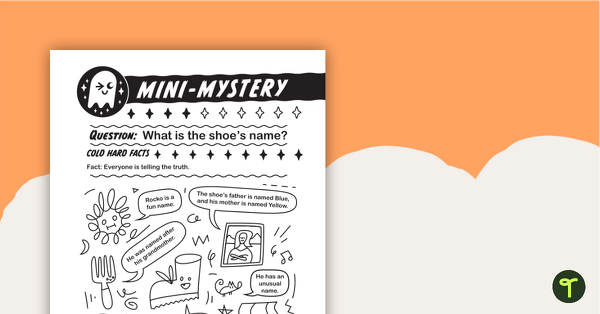
Mini-Mystery – What Is the Shoe's Name?
A fun, logic-based activity where students read clues to solve the mystery.
- Plus Plan
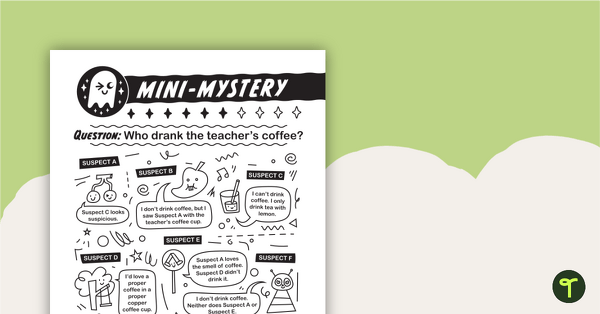
Mini-Mystery – Who Drank the Teacher's Coffee?
A fun, logic-based activity where students read clues to solve the mystery.
- Plus Plan
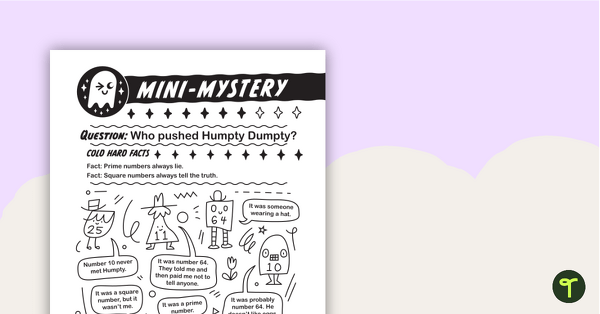
Mini-Mystery – Who Pushed Humpty Dumpty?
A fun, logic-based activity where students read clues to solve the mystery.
- Plus Plan
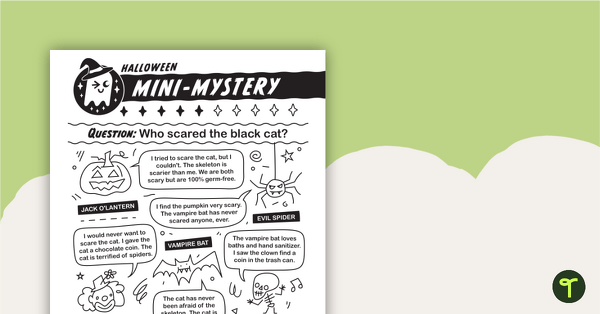
Mini-Mystery – Who Scared the Black Cat?
A logic-based Halloween-themed puzzle where students solve a mystery by reading clues.
- Plus Plan
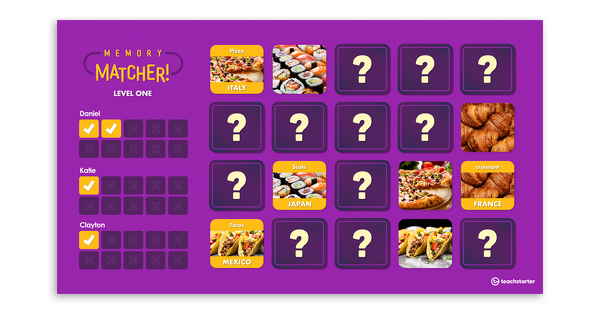
Memory Matcher Interactive Game (International Foods Theme)
An interactive match-up activity exploring foods of different cultures.
- Plus Plan
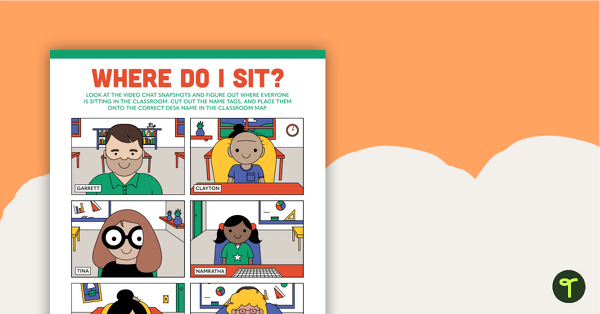
Where Do I Sit? – Logic Puzzle – Level 1
A worksheet for students to identify where people are sitting in a video chat.